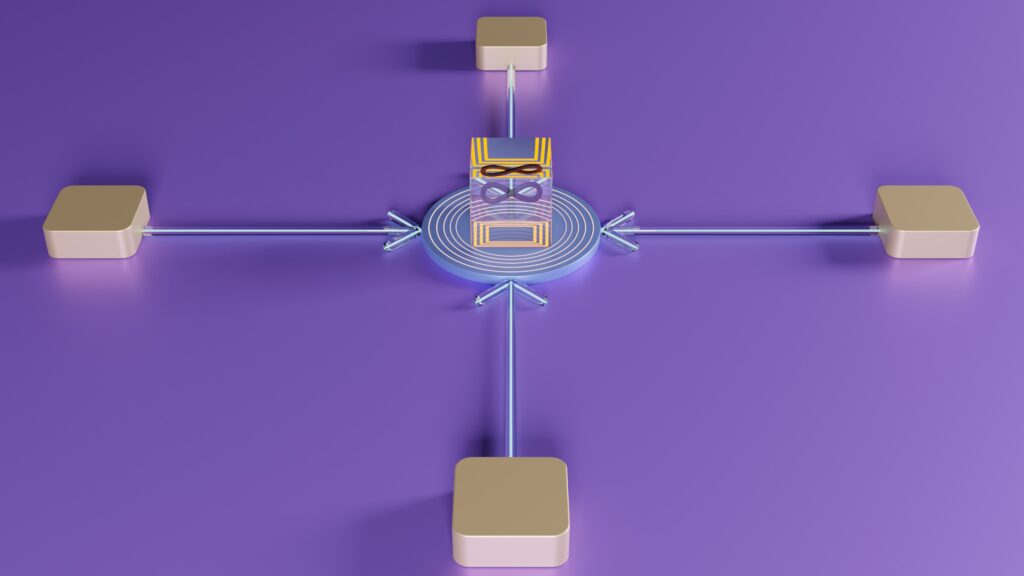As software development practices continue to evolve, organizations strive to deliver high-quality software products faster and more efficiently. To achieve this goal, many have turned to continuous integration and deployment (CI/CD) practices. CI/CD is a set of principles and techniques that automate the integration, testing, and deployment of code changes, enabling organizations to streamline their development processes and enhance software quality. In this article, we delve into the benefits of CI/CD in software development, exploring how it improves efficiency, accelerates delivery, and enhances collaboration, ultimately empowering organizations to stay competitive in the ever-evolving landscape of technology.
Streamlining Development Processes

- Improved Efficiency: CI/CD automates several time-consuming tasks, such as code integration, testing, and deployment, reducing manual effort and eliminating the risk of human error. Developers can focus more on writing code and implementing new features, leading to improved productivity and faster delivery of software updates.
- Faster Time to Market: With CI/CD, code changes are integrated and tested continuously, enabling rapid feedback loops. This iterative approach allows organizations to identify and address issues early in the development cycle, resulting in quicker bug fixes and feature enhancements. As a result, organizations can release software updates more frequently, keeping up with customer demands and market trends.
Enhancing Software Quality
Early Bug Detection: CI/CD involves automated testing at every stage of the development process, from unit tests to integration and acceptance tests. By detecting bugs early, developers can address them promptly, reducing the time and effort required for debugging later in the cycle. This leads to more stable and reliable software.
Continuous Feedback and Improvement: CI/CD promotes a culture of continuous feedback and improvement. Regular testing and automated code reviews provide developers with valuable insights into the quality of their code. With this feedback loop, developers can make informed decisions to refactor, optimize, or enhance their code, ultimately improving the overall quality and maintainability of the software.
Facilitating Collaboration

- Team Collaboration and Transparency: CI/CD encourages collaboration between development, testing, and operations teams. By automating processes and providing visibility into code changes and build status, teams can work together seamlessly, sharing information and resolving issues in real-time. This collaboration fosters better communication and alignment, leading to a more cohesive and efficient development environment.
- Continuous Integration of Feedback: CI/CD enables stakeholders, including product owners and end-users, to provide feedback early in the development process. This feedback can be incorporated into subsequent iterations, ensuring that the software aligns with the desired requirements and expectations. This iterative feedback loop leads to increased customer satisfaction and better alignment between development efforts and business goals.
Conclusion:
Continuous integration and deployment have become essential practices in software development, revolutionizing the way organizations build, test, and release software. By streamlining development processes, enhancing software quality, and facilitating collaboration, CI/CD enables organizations to deliver high-quality software products efficiently and stay ahead in a competitive market. Embracing CI/CD practices empowers development teams to respond swiftly to customer needs, iterate on their software products, and drive innovation. As technology continues to evolve, adopting CI/CD practices will be instrumental in achieving faster time to market, higher customer satisfaction, and continuous improvement in software development.
FAQs
What is continuous integration and deployment (CI/CD) in software development?
CI/CD is a set of practices and techniques that automate the process of integrating, testing, and deploying code changes. It ensures that code changes are regularly integrated into a shared repository, tested thoroughly, and deployed to production environments in a consistent and automated manner.
How does CI/CD improve the efficiency of software development?
CI/CD automates time-consuming tasks such as code integration, testing, and deployment, reducing manual effort and eliminating the risk of human error. This automation streamlines the development process, allowing developers to focus on writing code and implementing new features, leading to improved productivity and faster software delivery.
What are the benefits of early bug detection in CI/CD?
CI/CD involves continuous testing at every stage of the development process, allowing for early bug detection. By identifying and addressing issues early in the cycle, developers can reduce the time and effort required for debugging later on. This leads to more stable and reliable software, enhancing the overall quality of the product.
How does CI/CD promote collaboration among development teams?
CI/CD encourages collaboration between development, testing, and operations teams. By automating processes and providing visibility into code changes and build status, teams can work together seamlessly, share information, and resolve issues in real time. This collaboration fosters better communication, and alignment, and ultimately leads to a more efficient and cohesive development environment.
Can CI/CD accommodate feedback from stakeholders and end-users?
Yes, CI/CD practices enable stakeholders, including product owners and end-users, to provide feedback early in the development process. This feedback can be incorporated into subsequent iterations, ensuring that the software aligns with desired requirements and expectations. Continuous integration of feedback leads to increased customer satisfaction and better alignment between development efforts and business goals.

